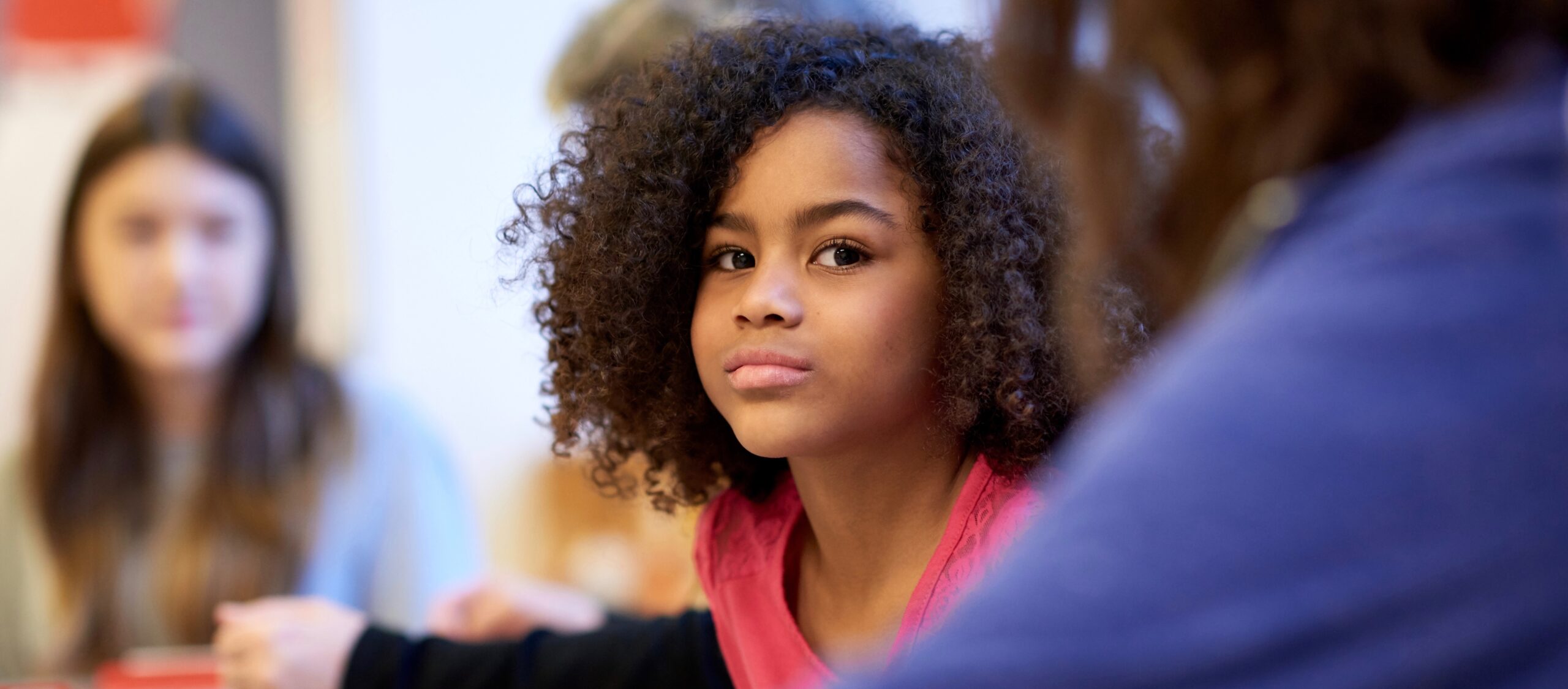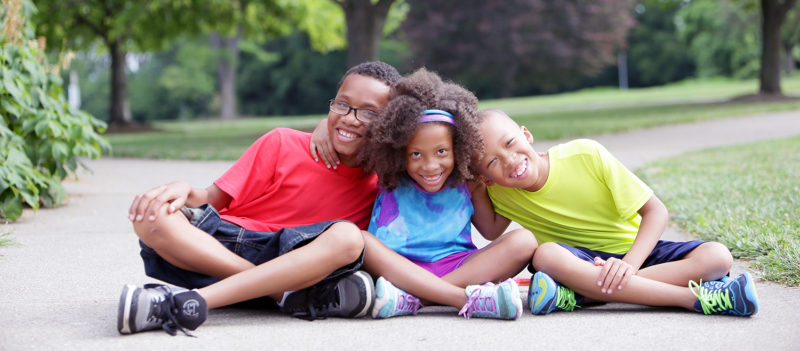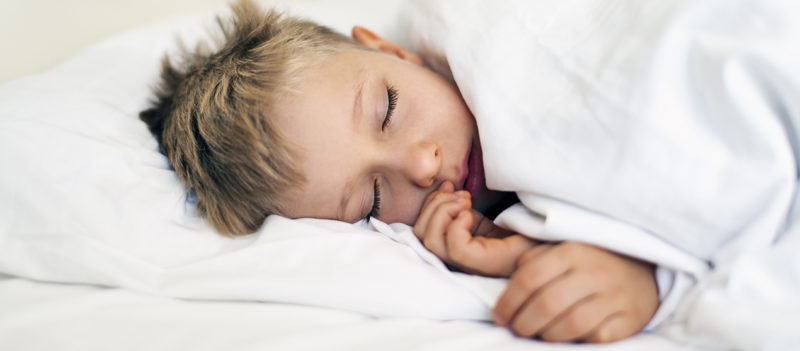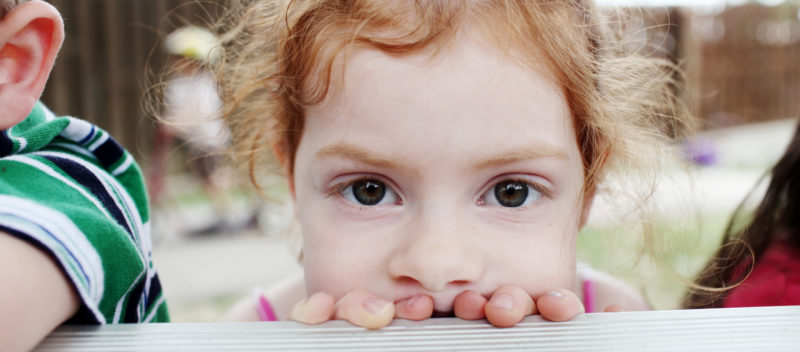A urinary tract infection (UTI) is a bacterial infection that occurs along the normally sterile urinary tract (kidneys, ureters, bladder, and urethra) and is common in children.
It’s important to remember some main points about UTIs, because if your child has one and it goes undiagnosed, the infection can progress up to the kidneys, and in the worst cases, cause renal damage. If your child has already had a UTI, or you’re concerned he or she might have the first one, here are a few main points to remember:
6 Points to Remember About Urinary Tract Infections in Kids
-
The milestones associated with increased risk
Before age one, boys are slightly more likely than girls to get a UTI. However, after age one, UTIs are always more common in females. UTIs are more common at these times: the first year, potty training, onset of sexual activity, pregnancy, and elderly age.
-
The symptoms aren’t always “typical”
The hallmark signs of a UTI are burning or pain with urination, urgency and frequency of urination, and wetting when once potty-trained. However, some children will not report any pain or may have an unexplained fever. Other signs can include abdominal, side and back pain, blood in the urine, as well as nausea, vomiting and feeling lethargic. In the child who is not verbal, you may notice fever and possibly some irritability.
-
If your child has had one, he or she is more likely to get another
There are a few reasons why kids are more likely to have recurrent UTIs:
- First, constipation or infrequent or incomplete bowel emptying increases the E. coli bacteria around the urethra. Some kids are simply more susceptible to E.coli bacteria and thus, get them more frequently. This susceptibility may run in families.
- Second, the flow of urine through the urinary tract helps prevent bacteria from adhering and causing an infection. Withholding urine or incomplete bladder emptying that may occur from an overfull bladder could lead to more UTIs.
- Third, some types of bacteria are particularly persistent and more difficult to get rid of if not treated completely. It’s possible that the type of antibiotics used didn’t kill 100% of the infection. That leads to the next important point regarding diagnosis and treatment.
-
Method of diagnosis matters
In a toilet trained child, we recommend obtaining a clean catch urine specimen to perform a urinalysis and urine culture, including an antibiotic sensitivity report. Using a clean catch technique into a sterile container increases our confidence that any bacteria present in the specimen is from the urinary tract, rather than from the skin. The urine culture helps us identify the specific type of bacteria. The bacterial sensitivity reports tells us how susceptible that specific bacteria would be to different types of antibiotics. Using these methods improves the antibiotic selection to treat the type of bacteria growing. Thus, this can prevent treatment failure and decrease the likelihood for additional infections.
-
They happen more frequently in kids with certain conditions
Children may get UTIs more frequently if they have functional conditions like voiding dysfunction. They may also happen more often in kids with anatomic conditions such as vesicoureteral reflux, or require bladder catheterization such as with neurogenic bladder. Further, kids who are are immunosuppressed or have an immunodeficiency are also more likely to get a UTI. If kids have a hard time fighting off infections, they are more likely to have recurrent UTIs.
-
Healthy bladder habits can help prevent them
Anything that is good for the bladder is going to help prevent a UTI. This includes staying well hydrated, voiding frequently throughout the day, voiding when kids first feel the need to go, and avoiding constipation. Another reason to encourage eating those fruits and veggies! Where possible, avoid antibiotic over-use, because it kills both the good and bad bacteria. Replenish healthy gut bacteria with yogurt or probiotics.
If you suspect your child has a urinary tract infection, contact your medical provider. She or he will walk through the symptoms and help determine potential causes. If needed, she will order a diagnostic test. Doctors may recommend seeing a pediatric urologist when your child has had more than two UTIs, had a UTI with a fever, or is under the age of one.
If you’d like to learn more about our division of Urology, or to request an appointment, please call 513-636-4975 or fill out our online form.






It’s difficult for the parents with kids who are not able to report their pain during urination to diagnose UTI. So, parents should look after the alternate symptoms such as fever. Well explained